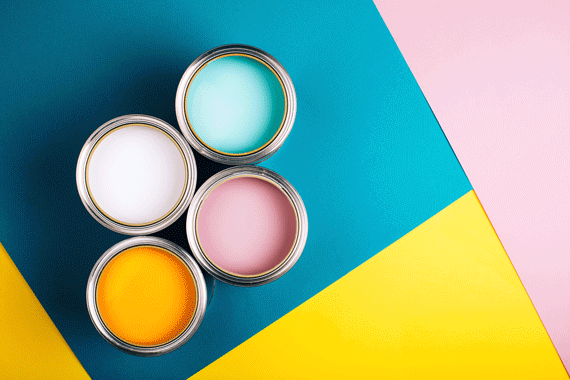More news
- Focus on the global coatings market: Global coatings market outlook
- View from the UK: Navigating chemical policy and sustainability
- Focus on adhesives: Unveiling unbreakable bonds – Testing redefines physical strengt...
- Focus on adhesives: Henkel and Covestro collaborate for sustainability of engineered wood ...
- Advances in construction chemical technology: What’s new in 2024?

David Vanaken, Denis Heymans, Felix Feng and Nathalie Havaux, Hexion Research Belgium, summarise all of the recent data published on producing waterborne acrylic polyols for 2K PU topcoats
New regulations, increased awareness and the importance of environmental stewardship lead to a strongly increased demand for waterborne (WB) protective topcoats. However, matching the performance of solventborne (SB) two-component (2K) polyurethanes remains a challenge for resin and paint producers. Synthesis and formulation of primary or secondary dispersions are not straightforward.
For secondary dispersions, the removal of solvents from polyols prior to dispersion in water is technically challenging. The emulsion polymerisation process producing primary dispersions often poses problems of water-phase homopolymerisation of the hydroxyl monomers resulting in poor stability of the emulsions, high process grit and insufficient crosslinking of the
final coatings. Waterborne acrylic polyols (APO) for 2K urethane finishes have played an important role in enabling regulatory compliance in the industrial market, yet their synthesis can be difficult. This paper introduces two methods to produce high-performance solvent-free waterborne acrylic polyols using either glycidyl neodecanoate or its acrylated adduct. The performance characteristics of coatings made with these waterborne polyols are also demonstrated.
Read the full article here: Waterborne Coatings – PPCJ August 2022



